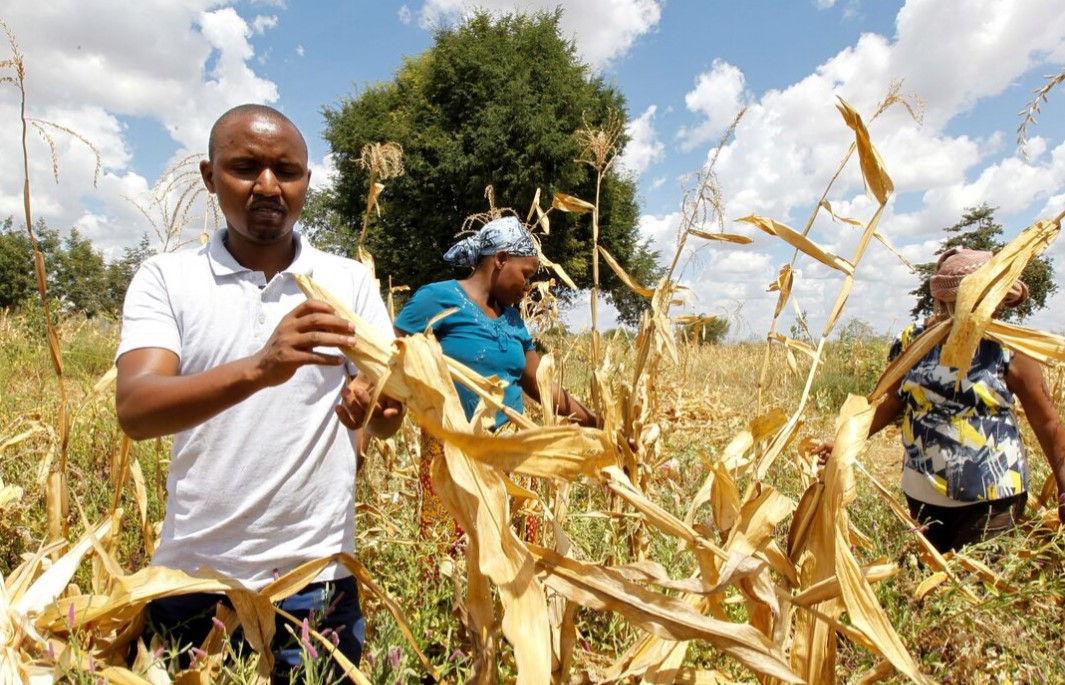Kenya's inflation down to 2.7 per cent as food prices drop

The prices of 50kwh and 200kwh of electricity increased by 0.3 per cent and 0.2 per cent, respectively.
A reduction in prices of some food commodities and other non-food essentials in October pushed down further the level of inflation to 2.7 per cent. This is from the previous month's record of 3.56 per cent.
The October record is more than a decade low, as an almost similar level was last witnessed sometimes early 2007.
More To Read
- MPs reject plan to regulate cooking gas imports via open tender system
- 2.1 million face hunger in Kenya’s ASALs as climate pressures mount
- Private business activity growth surges in October on strengthening sales
- Food inflation remains high despite overall stability - KNBS
- Kenya ranked 10th in Africa’s most attractive investment destinations
- Side hustles gain ground as stagnant salaries push youth to rethink work
According to the monthly figures by the Kenya National Bureau of Statistics (KNBS), prices of sugar, sifted maize flour and fortified maize flour decreased by 2.3, 1.8 and 1.7 per cent, respectively between September 2024 and October 2024.
Conversely, prices of mangoes, carrots and oranges rose by 9.9, 5.7 and 5.1 per cent, respectively, during the same period.
Generally, the food and non-alcoholic beverages index increased by 0.5 per cent between September 2024 and October 2024.
The housing, water, electricity, gas, and other fuels index dropped by 0.3 percent, attributable to decreases in the prices of kerosene and liquefied petroleum gas (LPG) by 4.3 per cent and 0.4 per cent, respectively.
However, during the same period, the prices of 50kwh and 200kwh of electricity increased by 0.3 per cent and 0.2 per cent, respectively.
Nevertheless, KNBS notes that the transport index declined by 0.3 per cent between September 2024 and October 2024, mainly due to a decrease in prices of petrol and diesel by 4.3 per cent and 2.0 per cent, respectively.
Top Stories Today













































